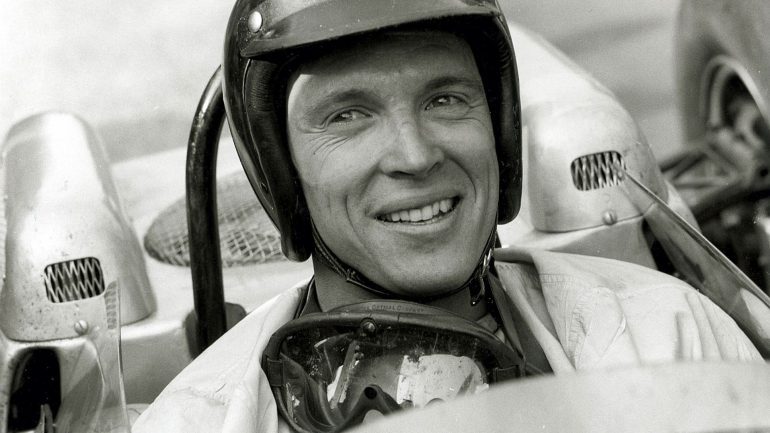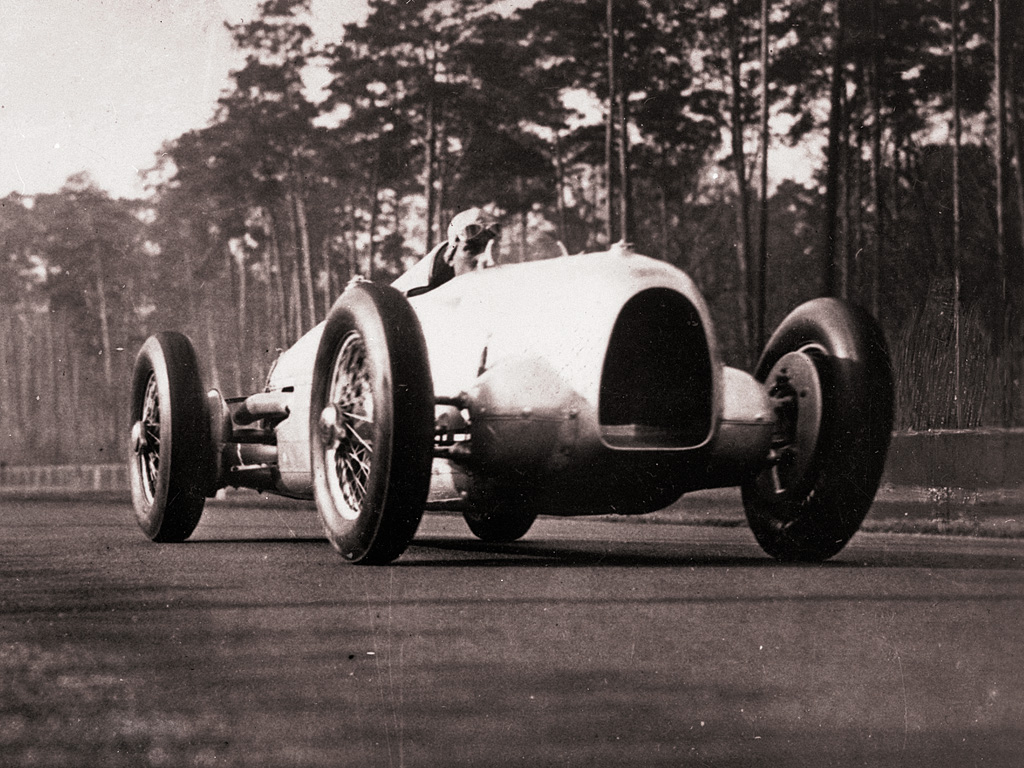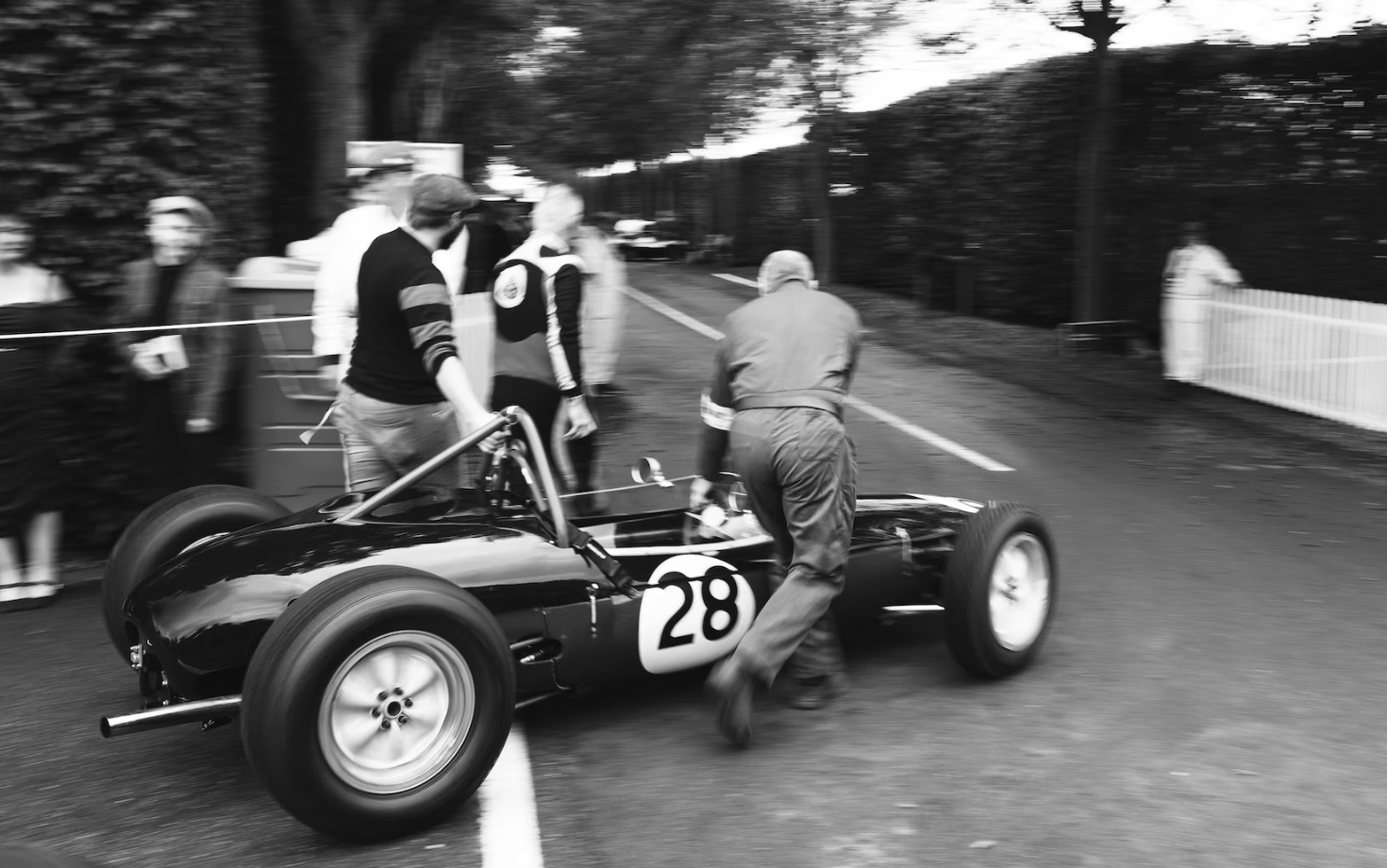The Top 50 Motorsport Moments In The Month of January
January is a dead month as far as racing fans are concerned. Sure, there are bits and pieces of news here and there, but it is otherwise quiet. It wasn’t always this way. For example, between 1953 and 1982, a total of 23 grands prix took place in the first month of the year – in some seasons not just one but two being held in the southern hemisphere as the UK shivered in the grip of winter gloom. If we go even further back, there were speed records broken and announcements that were radically impactful to the future of motorsports. Below, we outline the most important motorsports and racing events from the month of January globally over the years.
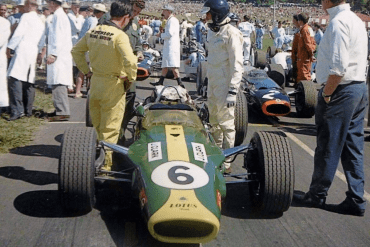
Say "Yes" to Sponsors
FIA declares there can be sponsorship on cars participating in racing they sanction, provided sponsor’s logo is no larger than one square foot (1968). Advertising appears on a Grand Prix car for the first time when Jim Clark puts his John Player Gold Leaf Lotus 49 on pole for the New Zealand Grand Prix (1968).
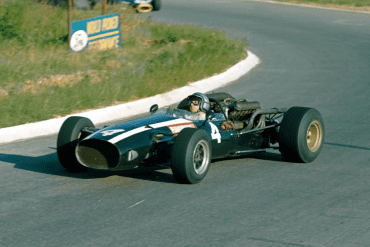
Coopers Last F1 Win
First South Africa Grand Prix to be held on the Kyalami track near Johannesburg is won by Pedro Rodriguez at the wheel of a Cooper-Maserati. First F1 win for Rodriguez. It was the first victory for a Mexican driver and the last of 16 wins for the Cooper team.
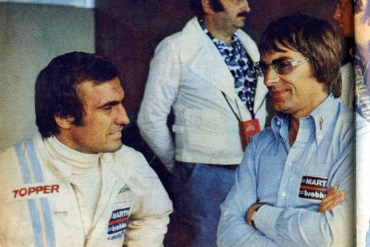
Bernie Ecclestone On Top
The F1CA names Bernie Eccelstone the president of admin and CEO, Enzo Ferrari the president of sport, and Max Mosley legal advisor (1978). Negotiated legal issues with the FIA and Jean-Marie Balestre, culminating in Ecclestone's famous coup, securing the right for FOCA to negotiate TV contracts for Grands Prix.
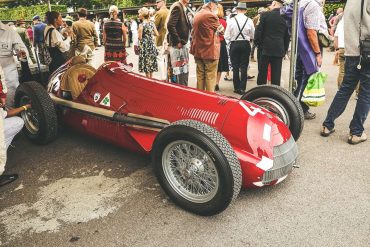
Alfa's Key Hire
Gioachini Columbo joins Alfa Romeo. He will later design the Alfetta 158 (1924). Like a seesaw, his career went back and forth between all the major Italian automakers, but he left his mark on them all.
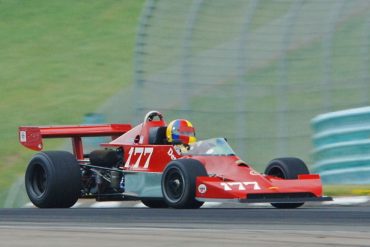
Lola Tries Again
Lola attempted to break into Formula 2 in 1976 with the Lola T450, a variant of the Lola T460 Formula Atlantic. The development car performed well, but production T450s exhibited serious handling problems, and three of their four customers quickly abandoned them.
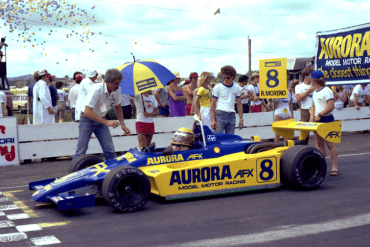
Ralt RT4 Wins In NZ
Roberto Moreno, driving a Ford-powered Ralt RT4, wins the Formula Pacific New Zealand Grand Prix at Pukekohe (1982). The Ralt RT4 was an open-wheel formula racing car, designed, developed and built by Ralt, for Formula Atlantic.
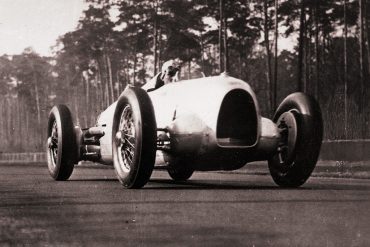
Let's Go Testing
Hans Stuck gives the Auto Union “P-Wagen” Grand Prix car its first official test runs on the Avus Circuit in Germany (1934). The programme was planned to run until January 30 but was extended to February 5.
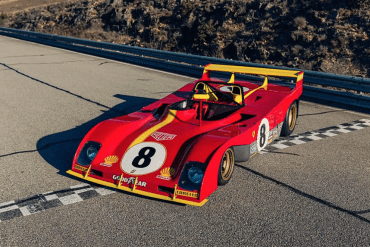
Ferrari & Endurance
Ronnie Peterson and Tim Schenken drive a Ferrari 312PB to victory in the 1000K endurance race at Buenos Aires, Argentina (1972). The 312 PB become the dominant car in the World Sportscar Championship between 1972 and ‘73.
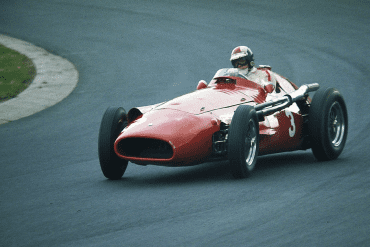
Maserati's First Win
Juan Fangio wins the Argentine Grand Prix at Buenos Aires. First race of the 2.5-liter F1. First win for Maserati 250F (1954). Fangio raced for Maserati until Mercedes-Benz entered competition in mid-season.
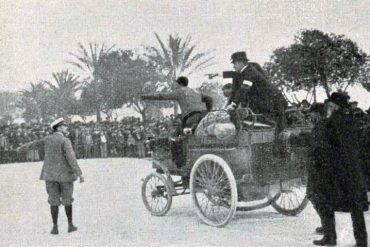
First Hill Climb
The first automotive hill climb is held as part of a race between Marseille and Nice. It is won by André Michelin driving a steam-powered DeDion (1897).
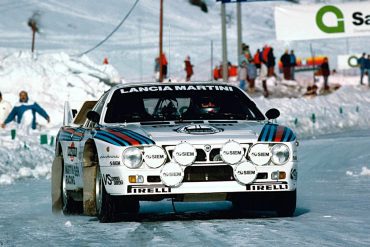
Lancia's Rally Machine
The Lancia Rally (037) Evo 2 is homologated for Group B rallying (1984). Lancia remains to this day the manufacturer that won the most championship titles in WRC’s history.
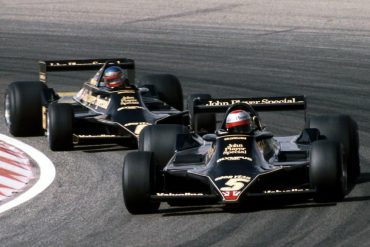
Tobacco Ads Banned
Tobacco advertising on radio and TV is banned in the United States. This will help cause an influx of tobacco sponsorship money into U.S. auto racing (1971).
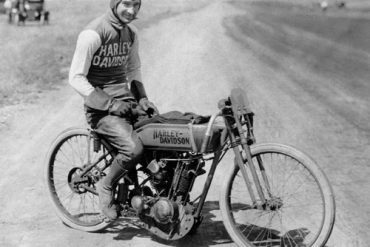
100 Miles On a Harley
Otto Walker, riding a Harley-Davidson, wins the 100-mile motorcycle race at Ascot Park in Los Angeles, California (1920). This was just as professional motorcycle racing in America was rebooting after WWI.

959 Dominates Dakar
Porsche 959s finish 1st (Metge/Lemoyne), 2nd (Ickx/Brasseur), and 6th (Kussmaul/Unger) in the Paris-Dakar Rally (1986). The Porsches got 959 upgrades, including the active four-wheel drive system adjusted by the computers.
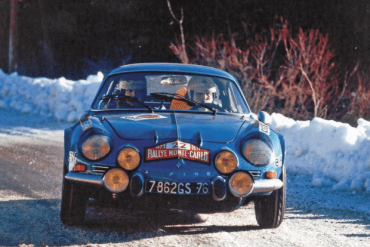
Alpine Triumphs
Alpine A110s finish 1-2-4-8-9 in the 40th Monte Carlo Rally. The winning car is driven by Ove Andersson, with David Stone navigating (1971). This was revenge for the supremacy of the Porsche 911s in recent years.
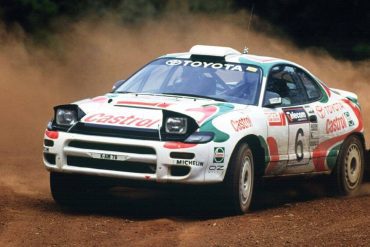
Toyota Goes Rallying
The Toyota Celica Turbo 4WD is homologated for Group A rallying (1992). The Export version is called Carlos Sainz Limited Edition in Europe or Group A Rallye in Australia.
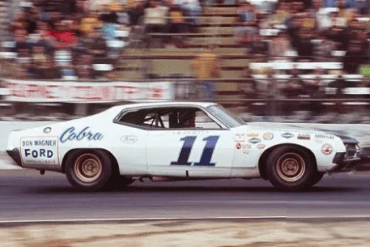
Ford Torino Wins in CA
A.J. Foyt drives a Ford Torino to victory in the NASCAR Riverside 500 stock car race on the road course in Riverside, California (1970). It was held on January 18, 1970.
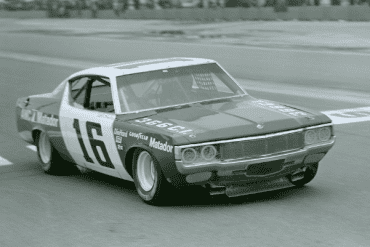
Mark Donohue Wins
AMC wins their first NASCAR Winston Cup Grand National race when Mark Donohue wins the Winston Western 500 at Riverside, California, in a Penske-prepared Matador (1973).
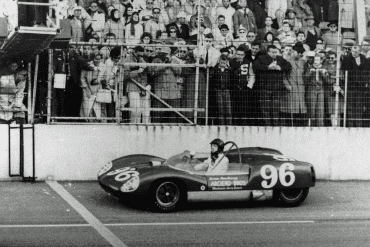
The (Lotus) Giant Killer
Dan Gurney and Frank Arciero drive a Lotus 19B to victory in the Daytona Continental 3-Hour race in Daytona, Florida, USA (1962). The Lotus 19 was the proverbial giant-killer.
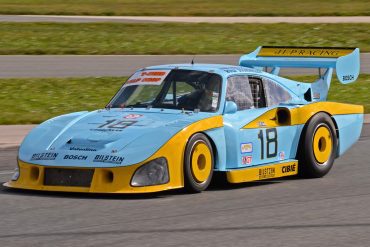
Porsche 935 Wins Daytona
John Paul Sr. and Jr. and Rolf Stommelen drive a Porsche 935 JPL-3 to victory in the 24 Hours of Daytona (1982).
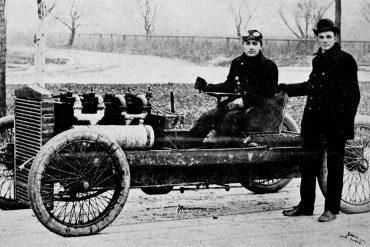
Henry Ford Speed Record
Henry Ford and co-driver Spider Huff set a land speed record at Lake St. Clair, in Michigan, of 91.37 mph in a car known as the “999”. The “999” was powered by a 1156 cubic inch 4-cylinder engine. They broke the old record by 14 mph (1904).
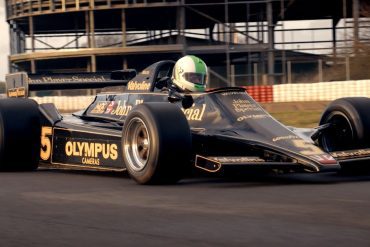
Sliding Skirts Banned
FISA bans sliding skirts on racecars (1981). Sliding skirts were banned from the beginning of the season, only at the non-championship South African GP were they used.
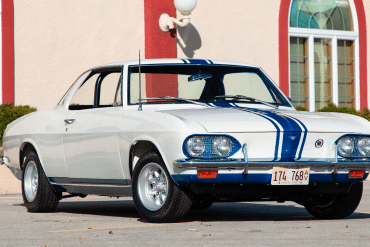
Enter the Corvair Corsa.
The Yenko Stinger's Chevrolet Corvair is homologated by the SCCA for D Production racing (1966). Yenko said he was “tired of staring at Mark Donohue’s Mustang,”
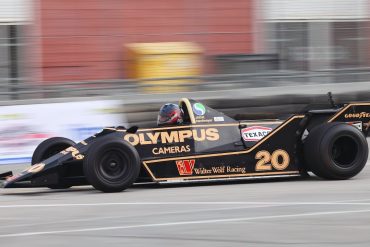
Derek Bell Develops WR7
The Wolf WR7-Ford F1 car is driven for the first time, with Derek Bell at the wheel (1979). The WR7, a modern ground effect car, in black and gold livery like the JPS Lotus.
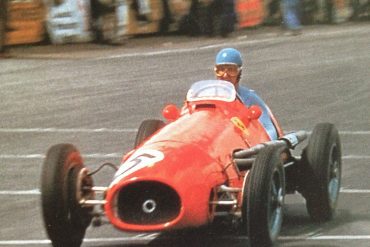
All-Conquering Ferrari 500
First FIA sanctioned Argentine Grand Prix won by Alberto Ascari driving an F2 Ferrari 500 (1953). In 1953, Alberto Ascari with the Ferrari 500 F2 won his second consecutive Formula 1 World Championship.
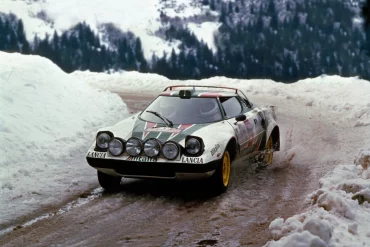
Lancia Stratos Dominates
Sandro Munari and Mario Mannucci pilot the winning car to victory in a Lancia Stratos 1-2-3 finish in the Monte Carlo Rally (1975). It became a veritable conqueror of rallies, racking up one victory after another.
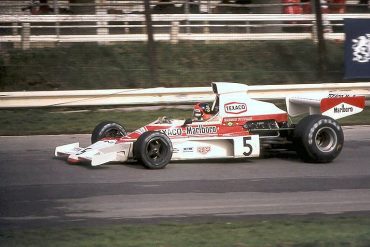
Fittipaldi Makes Impact
Emerson Fittipaldi drives a Marlboro McLaren M23-Cosworth to victory in the Brazilian Grand Prix at Interlagos (1974). Fittipaldi took three wins that season, while Hulme won once in a closely fought season.
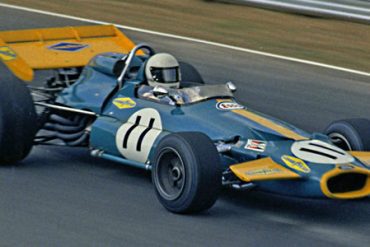
Brabham First Monocoque
The Brabham BT-33 F1 racer is presented to the press at Brabham’s Byfleet, England, headquarters (1970). It was among the fastest Cosworth DFV cars in 1970, but was let down by reliability.
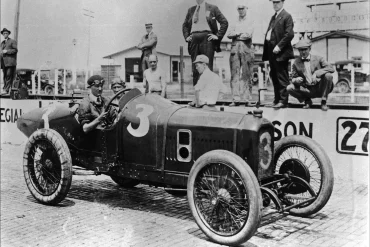
Miller-Powered Victory
Roscoe Sarles drives a Miller-powered Roamer to victory at Ascot in Los Angelos, California (1919). Tragically, Sarles was burned to death on September 17, 1922, when his car crashed at the Kansas City Speedway.
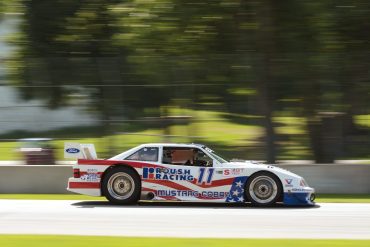
Jack Roush Keeps Winning
Jack Roush-entered Mustangs take an unprecedented 9th straight class win (GTS), and 2nd and 3rd overall, in the 24-Hours of Daytona (1993).
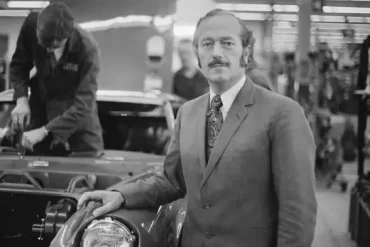
Lotus Is Born
Colin Chapman and Michael Allen form Lotus Engineering Company (1952). Both are graduates of University College, London, but had earlier origins in 1948 when Chapman built his first racing car in a garage.

Nigel Mansell Goes Left
Reigning F1 World Champion Nigel Mansell drives on an American oval for the first time when he practices at Phoenix, Arizona, in a Newman/Haas Lola-Ford (1993).
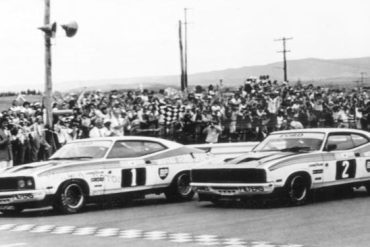
Ford Australia = Racing
On 25 January 1974, the Ford Motor Company announced that they were ending factory involvement in motor racing, with the effects of the 1973 Oil Crisis being cited as one of the reasons for the company's withdrawal.
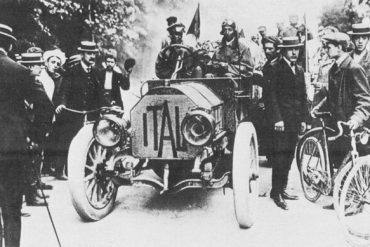
Endurance Racing Begins
The Parisian newspaper “Le Matin” challenges men and machines to come forward and race from Peking to Paris—a distance of 16,000 Km (9936 miles). Twenty-five teams will respond (1907). The wonderful world of endurance racing begins.
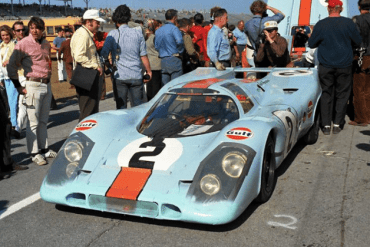
A Storybook Win for 917
Pedro Rodriguez and Jackie Oliver drive a Gulf Porsche 917K to victory in the 24 Hours of Daytona (1971). A storybook finish, clawing his way back into contention after losing an hour and 33 minutes for rebuilding of the broken transmission.
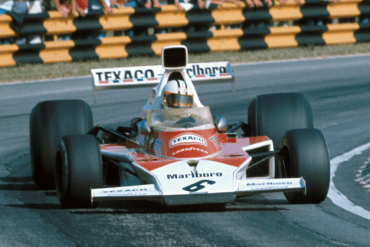
1974 Argentinian GP
Denis Hulme wins the Argentine Grand Prix at Buenos Aires in a McLaren M23 (1974). This race was also the 8th and last victory of Hulme's Formula One career and, as of 2023, the last for a New Zealand driver. Hulme won in a time of 1hr 41:02.010 mins.
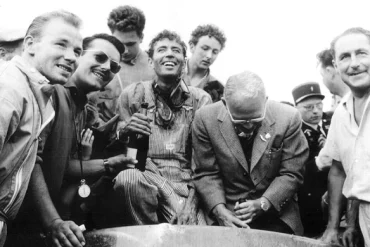
That's One Way to Do It
Dale Duncan puts out a fire in his Allard’s engine compartment during the 1000-kilometer endurance race in Buenos Aires, Argentina, by urinating on it. His co-driver, Carroll Shelby, had thrown the fire extinguisher out of the car to save weight. They would finish 10th.

USAC’s First Auto Race
Bill Lipkey organizes USAC’s first auto race, after USAC took over race sanctioning from AAA, when he presents a Midget race at the Memorial Coliseum in Fort Wayne, Indiana (1956). Gene Hartley defeated Chuck Rodee with Hartley's dad, Ted, finishing fifth.
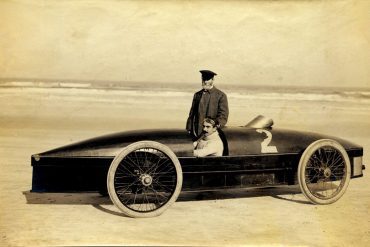
Full Steam Ahead
January 26, 1906, F.E. Stanley's Rocket Racer, driven by dare-devil Fred Marriott, set the mark that became Ormond Beach's most famous land speed record. The incredible speed of 127.659 mph held for four years. The car is powered by a Stanley steam engine and uses an upside-down canoe for the body.
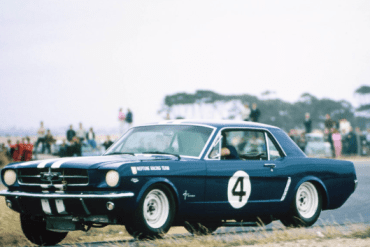
"Stormin' Norman
“Stormin’ Norman” Beechey drives a Ford Mustang to victory in the Australian Touring Car Championship race at Calder Park Raceway in Melbourne, Victoria, Australia (1965).
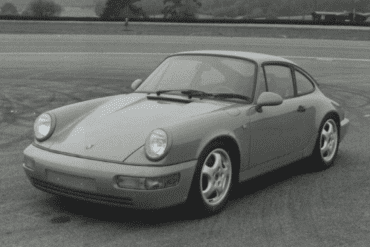
Porsche 911 Carrera RS
FIA inspects the 528th Carrera RS and certifies them legal for Group 4 Touring class. But because of paperwork delays, the RSR racing versions will have to run as Prototypes at Daytona, one week later (1973).
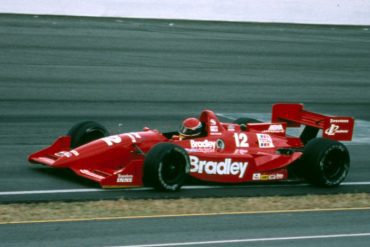
First IRL Race Winner
Buzz Calkins wins the Indy 200, the first Indy Racing League race ever run, at Disney World near Orlando, Florida (1996). He won the inaugural race ahead of Tony Stewart and was that year's league co-champion with Scott Sharp.
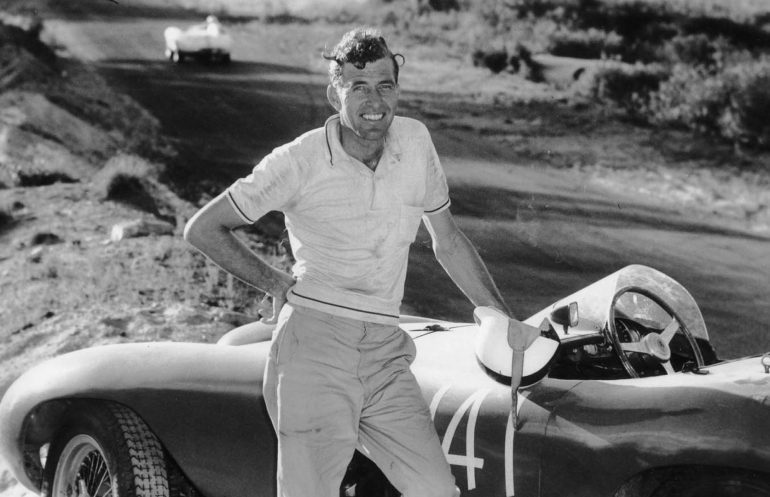
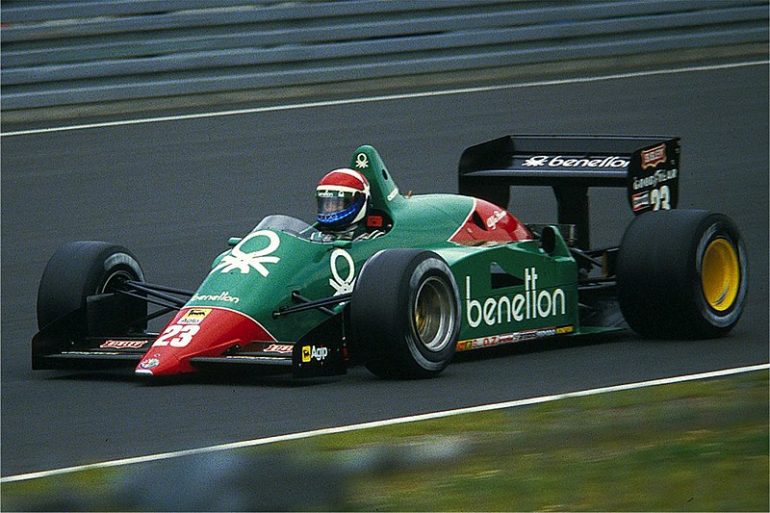
January Motorsport Birthdays
1956 Indy 500 winner Pat Flaherty born (1926).
Carroll Shelby is born in Leesburg, Texas (1923).
Robert Woodward Rahal, CART and Indy 500 champion, is born (1953).
Four-time Indy 500 champion A.J. Foyt is born in Houston, Texas (1935).
F1 racer Gilles Villeneuve is born in Quebec, Canada (1950).
F1 and sportscar racer Pedro Rodriguez is born (1940).
Denise McCluggage, racer and journalist, is born in El Dorado, California (1927).
Paul Newman, actor, racer, and part owner of Newman-Haas Racing, is born (1924).
Author, photographer, and racer Arthur Grant Evans, Jr. is born in Santa Barbara (1934).
Endurance racer Harold Grohs is born in Essen, Germany (1944).
Swedish formula and sports car racer Jo Bonnier is born in Stockholm(1930).
NASCAR stock car racer Harry Gant is born (1940).
Preston Henn, racer and entrant (T-Bird Swap Shop), is born (1931).
Racer and journalist Paul Frere is born in Le Havre, France (1917).
Car builder and racer Bill Stroppe is born in Long Beach, California (1919).
Sports car racer David Donohue, the son of Mark Donohue, is born (1967).
Alfredo “Dino” Ferrari, engineer and son of Enzo Ferrari, is born (1932).
NHRA Pro Stock drag racer Max Naylor is born (1953).
Sprint car racer Jeff Swindell is born (1961).
American F1, CART and IRL racer Eddie Cheever is born (1958).
1972 Can-Am and Trans-Am champion George Follmer born (1934).
Briggs Cunningham is born in Cincinnati, Ohio (1907).
Ray Harroun, winner of the first Indianapolis 500, is born in Pennsylvania (1879).
F1 race winner and six-time Le Mans victor Jacky Ickx is born in Brussels, Belgium (1945).
Max Balchowsky, designer/builder of the Old Yeller cars, is born in West Virginia (1924).
William Grover-Williams, winner of the first Monaco Grand Prix, is born in France (1903).
3x European Driving Champion Wilhelm Rudolph Caracciola born in Germany (1901).
January Motorsport Deaths
Valerio Colotti, founder of Colotti Transmissioni, passes away (2008).
Jean-Pierre Wimille is killed when his Simca-Gordini crashes in practice in Argentina (1949).
Racer and engineer Jackie Epstein dies (2009).
John “Hogie” Hogan, in charge of Marlboro’s racing budgets from 1973 to 2002, dies (2021).
Drag racer Irv Beringhaus dies when his Pro Stock Pinto crashes during a race in AZ (1974).
Billy Wade is killed when his Bud Moore Mercury Marauder crashes during a tire test (1965).
Fabrizio Violati, whom Ferrari asked to form the Ferrari Club Italia, dies at age 74 (2010).
Irish rally legend Bertie Fisher and his children die in the crash of a helicopter (2001).
Sprint car builder and Indy 500 crew chief Wally Meskowski dies at the age of 64 (1980).
Donald Healey, racer and founder of the Healey Auto Company, dies age of 89 (1988).
Indianapolis and Pikes Peak racer John Mauro dies at age 91 (2003)
Sports car and vintage racer Robert Hoe Fergus dies (1999).
Privateer F1 team owner Reg Parnell dies of natural causes (1964).
Former BRM team principal Louis Stanley dies at age 92 (2002).
Joe Weatherly, AAA bike and NASCAR racer, dies in a crash during a NASCAR race (1964).
Vincenzo Florio, founder of the Targa Florio road race, dies in Epernay, France (1959).
“John Winter”, winner of 1985 Le Mans, dies of a self-inflicted gunshot wound (2001).
Ferdinand Porsche dies at the age of 70 (1951).
Bernd Rosemeyer died on autobahn, his Auto Union crashing a speed record attempt (1938).
Dan Gurney dies at the age of 86 from complications of pneumonia (2018).
